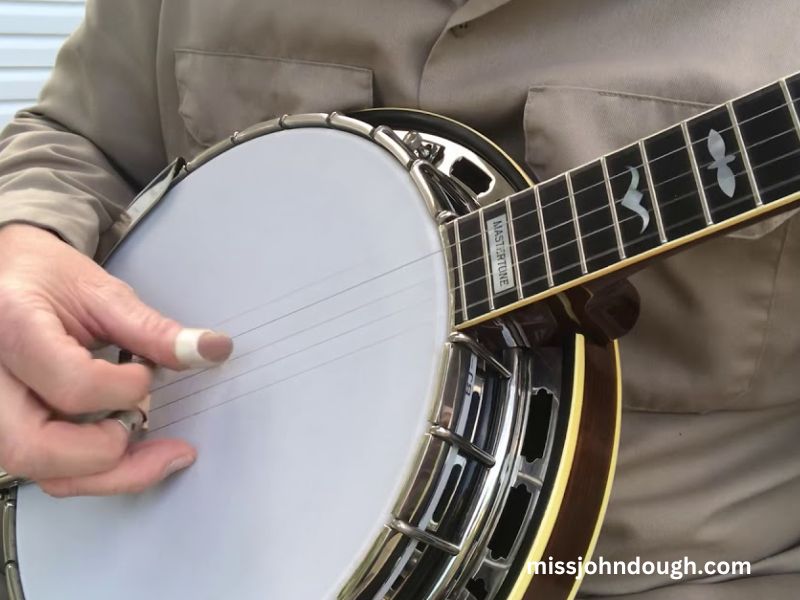The Gibson RB250 Banjo, introduced in the 1950s, has been a significant model in the world of bluegrass music. Despite its prominence, it has faced various criticisms over the years. This article delves into the reasons behind these critiques, providing a comprehensive understanding of the issues associated with the RB-250.
Historical Context of the Gibson RB250 Banjo
The RB-250 was Gibson’s standard-bearer for bluegrass banjos post-World War II. It was designed to capture the essence of the pre-war Mastertone models, aiming to deliver that quintessential Gibson sound. However, as production continued through the decades, especially during the 1970s, several concerns emerged regarding its construction and quality.
Quality Control Issues in the 1970s
One of the most discussed periods for the RB-250 is the 1970s. During this era, Gibson faced significant quality control challenges, leading to inconsistencies in their instruments. A primary concern was the use of multi-ply rims instead of the traditional three-ply maple rims. These multi-ply rims were prone to delamination, especially around the flange bead, causing structural instability and affecting the banjo’s tonal quality. Additionally, the hardware used during this period often tarnished quickly, and the necks were sometimes too thin or narrow, impacting playability.
Design Changes and Their Implications
The RB-250 underwent several design modifications over the years. Notably, Gibson transitioned from a one-piece flange to a two-piece flange (tube and plate) design in the late 1960s and 1970s. While some players appreciated this change, others felt it deviated from the classic design that made earlier models so revered. The two-piece flange was also associated with additional weight and, in some cases, structural issues, further fueling criticism.
Sound and Tonal Concerns
The tonal quality of the RB-250 has been a topic of debate among musicians. Some players felt that the banjo lacked the brightness and projection characteristic of earlier Gibson models. This perception was often attributed to the changes in rim construction and the quality of materials used during certain production periods. Inconsistent tone rings and subpar setup from the factory further contributed to these concerns, leading some musicians to seek aftermarket modifications to achieve their desired sound.
Comparisons with Contemporary Banjos
During the 1970s and 1980s, several other manufacturers produced banjos that rivaled or even surpassed the RB-250 in terms of quality and sound. Brands like Gold Star and Stelling offered instruments with superior craftsmanship and consistency, often at competitive prices. This competition highlighted the shortcomings of the RB-250, leading some players to opt for these alternatives.
Resale Value and Market Perception
The resale value of the RB-250 has been influenced by its reputation. Instruments from the 1970s, in particular, often fetch lower prices compared to other vintage banjos. This depreciation is largely due to the perceived quality issues and the availability of better alternatives in the market. However, some players and collectors still seek out specific RB-250 models, especially those from periods known for better craftsmanship.
Addressing the Criticisms
Despite the criticisms, many RB-250 owners have found ways to address the instrument’s shortcomings. Upgrading components such as the rim, tone ring, and hardware can significantly enhance the banjo’s performance. Proper setup and maintenance also play crucial roles in mitigating some of the inherent issues. Additionally, consulting with experienced luthiers who specialize in banjo repair can provide solutions tailored to individual instruments.
Conclusion
The Gibson RB-250 Banjo holds a notable place in the history of bluegrass music. While it has faced various criticisms over the years, understanding the root causes of these issues provides valuable insights for current and prospective owners. With appropriate modifications and maintenance, the RB-250 can still deliver the classic Gibson sound that has captivated musicians for decades.


